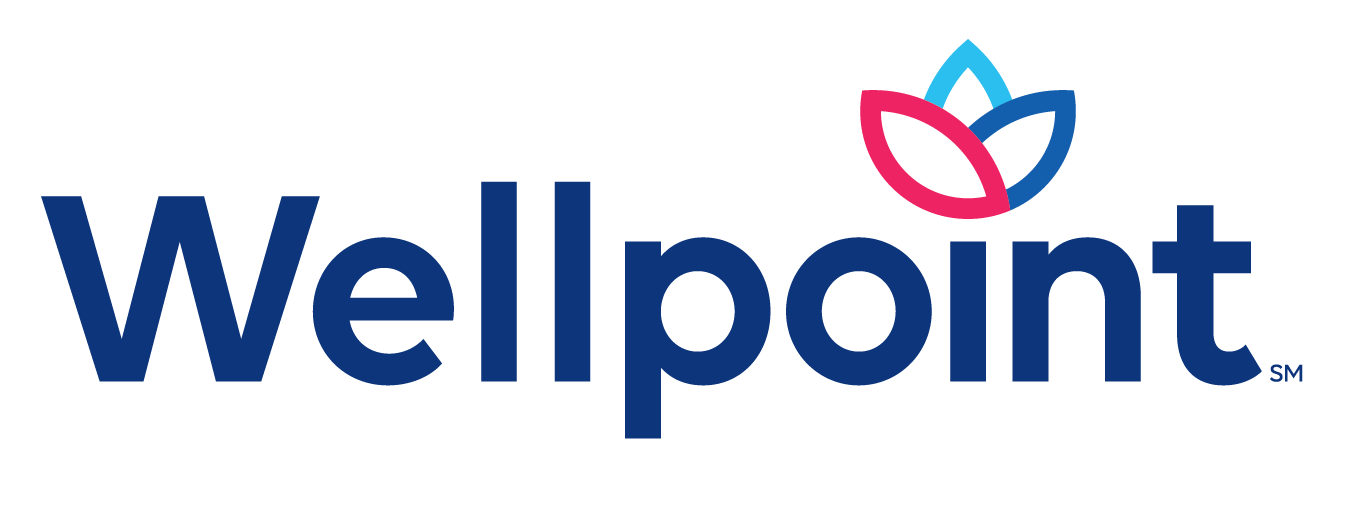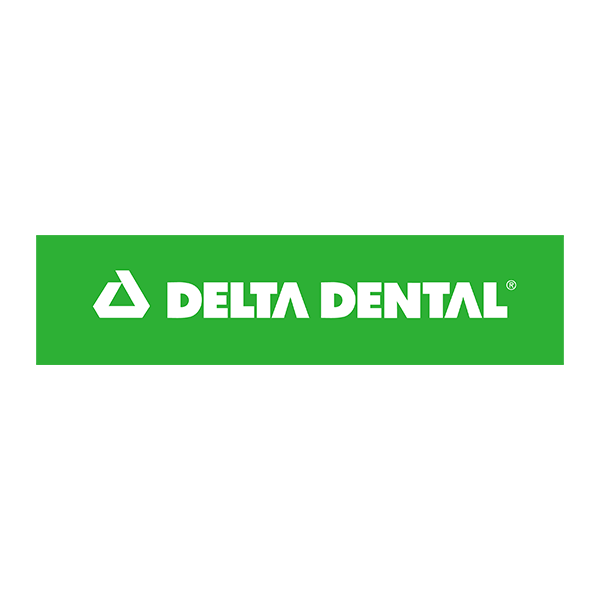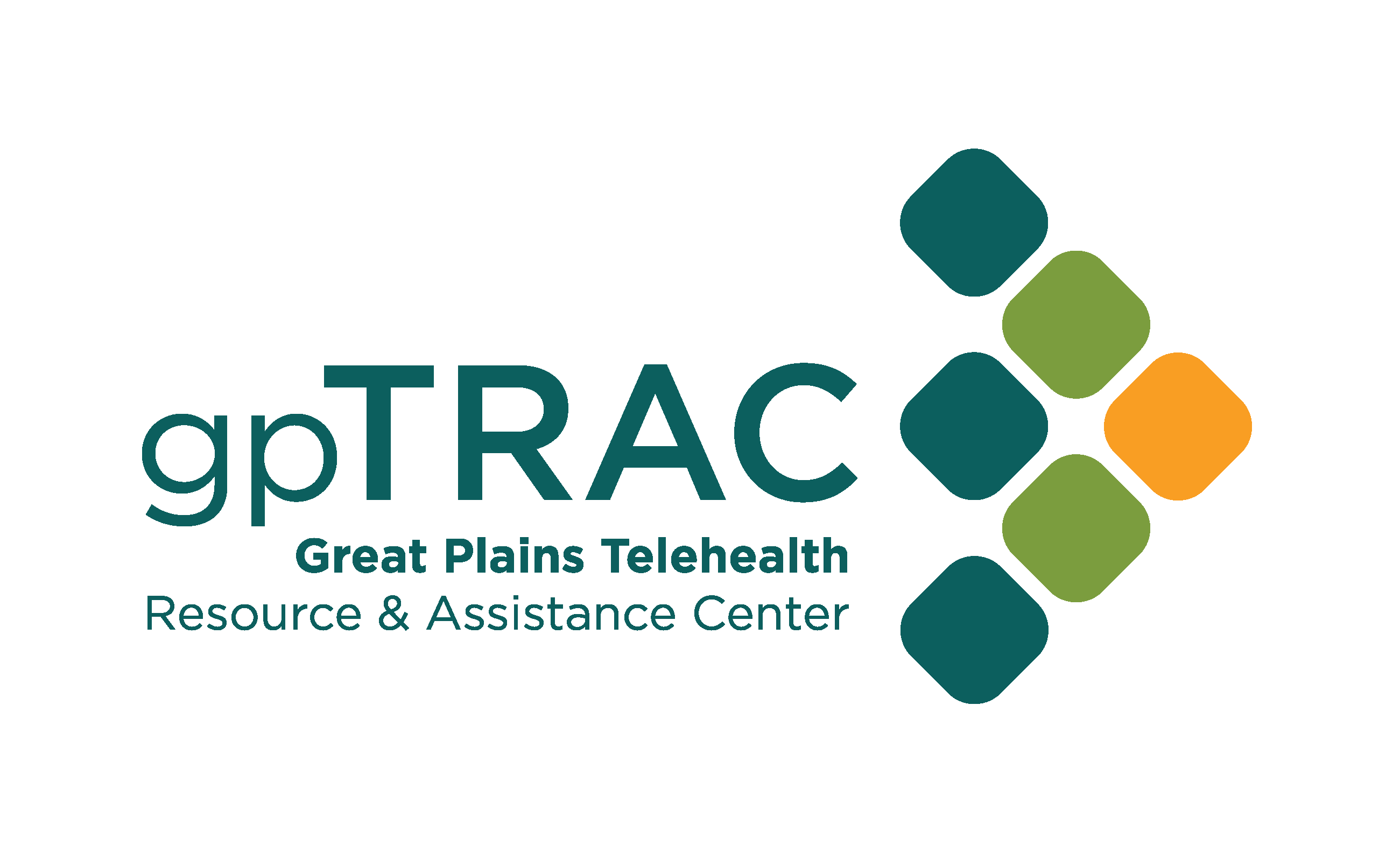We know that 30% of Americans use alcohol and drugs to a level that increases their risk for physical, mental, and social harm. That’s 3 in 10 people! The problem is, we don’t know who they are. The answer is screening. If we can identify Iowans who are at risk, we can help them set health goals, highlight behavior change, offer brief treatment, or refer them to specialty substance abuse treatment services. Iowa is one of the many states using the SBIRT (Screening, Brief Intervention, Referral to Treatment) approach to deliver early intervention and treatment services for persons at risk for health-related consequences related to their substance use.
Currently, Iowa’s 13 community health centers are conducting SBIRT screenings with their patients at least annually. The SBIRT screening quickly assesses the severity of substance use and identifies the level of treatment that may be needed depending of the risk zone the screening identifies. The primary goal of SBIRT is to provide education and identify patients who may be at a higher risk of developing a substance use disorder that may impact their overall health and well-being.
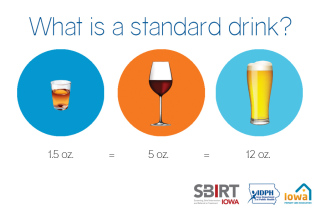 Most individuals (about 70%) will be identified as low-risk and the goal of SBIRT at this point is to provide education to individuals around substance use. Brief intervention focuses on increasing insight and awareness regarding substance use and motivation toward behavioral change (approximately 25% of individuals fall within this category) and referral to treatment provides those identified as needing more extensive treatment with access to specialty care (about 5% of individuals screened).
Most individuals (about 70%) will be identified as low-risk and the goal of SBIRT at this point is to provide education to individuals around substance use. Brief intervention focuses on increasing insight and awareness regarding substance use and motivation toward behavioral change (approximately 25% of individuals fall within this category) and referral to treatment provides those identified as needing more extensive treatment with access to specialty care (about 5% of individuals screened).
Studies show that people who received screening and brief intervention in an emergency department, hospital, or primary care office (such as community health centers) experienced 33% fewer non-fatal injuries, 37% fewer hospitalizations, 46% fewer arrests, and 50% fewer motor vehicle crashes. Other positive effects include reductions in alcohol consumption, successful referral to and participation in substance abuse treatment programs, and reduction in repeat injuries and injury hospitalizations.
So the next time you are at the doctor’s office and are asked the questions: “how many times I the past year have you had 4 or more drinks in a day?” or “how many times in the past year have you used an illegal drug or used a prescription medication for non-medical reasons?” remember your provider is asking all of the right questions to all of their patients because they care.
Now go enjoy a delicious adult beverage – just remember to keep it within the standard limits. Cheers!


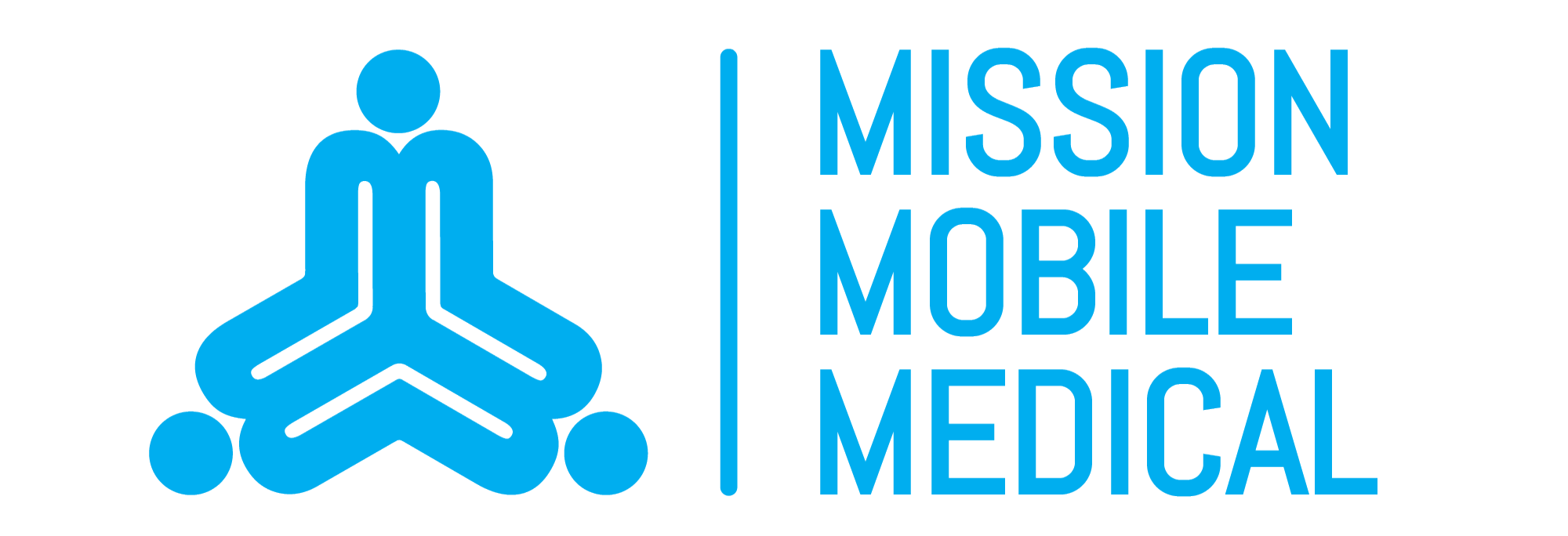

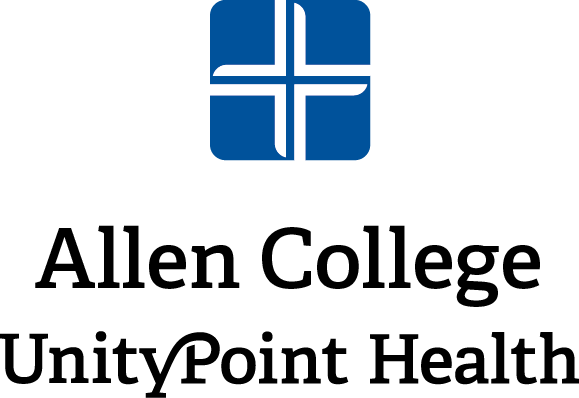


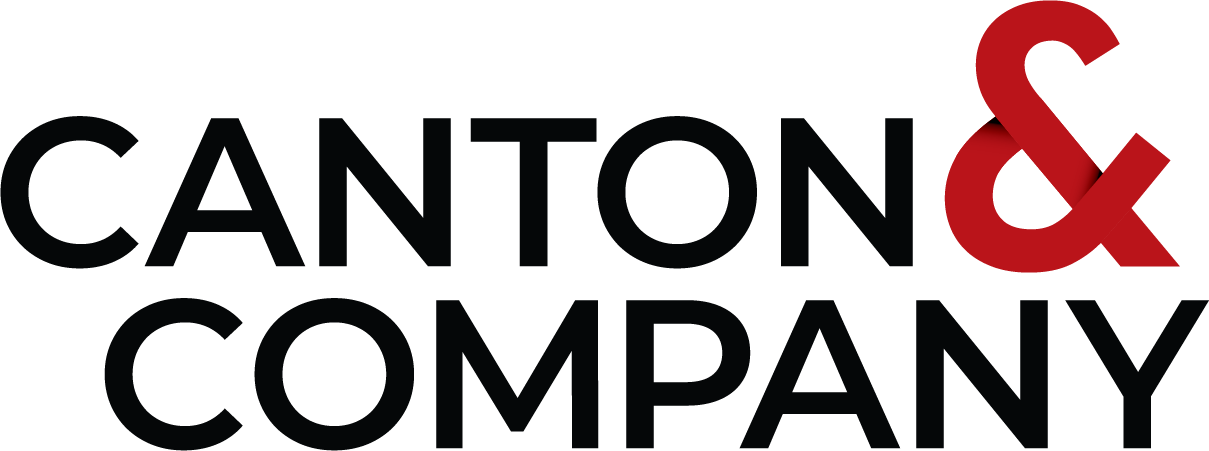



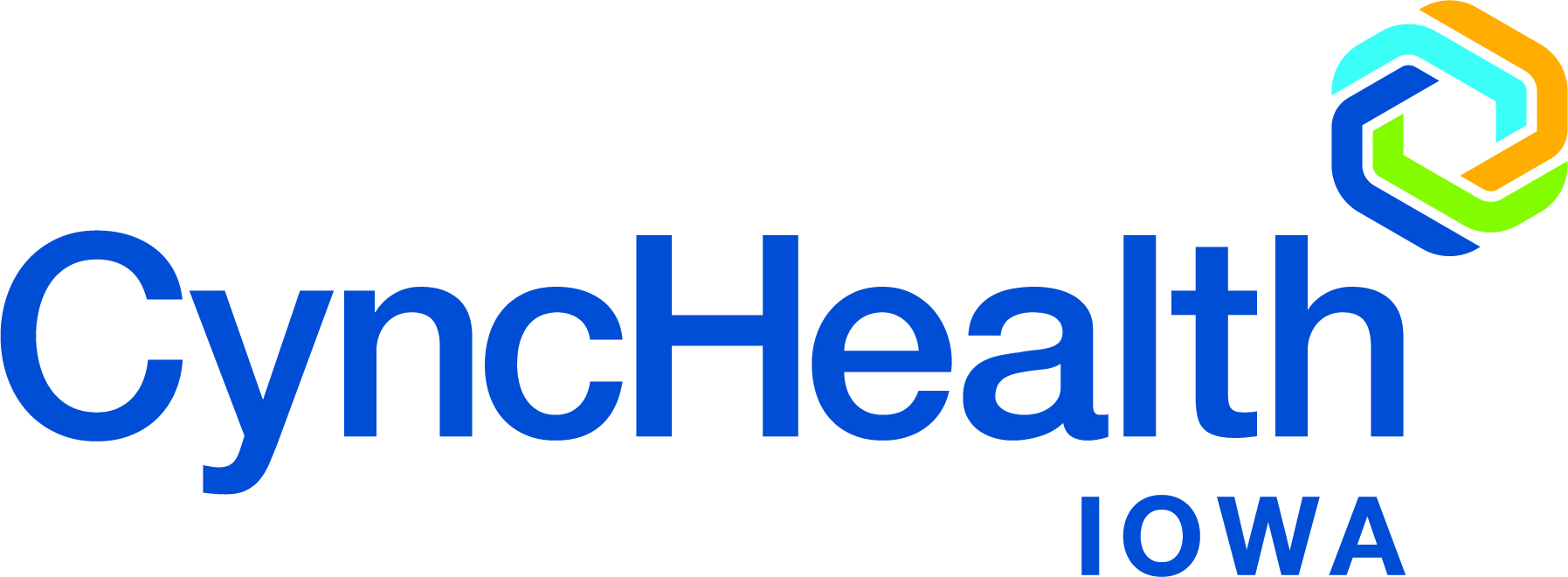

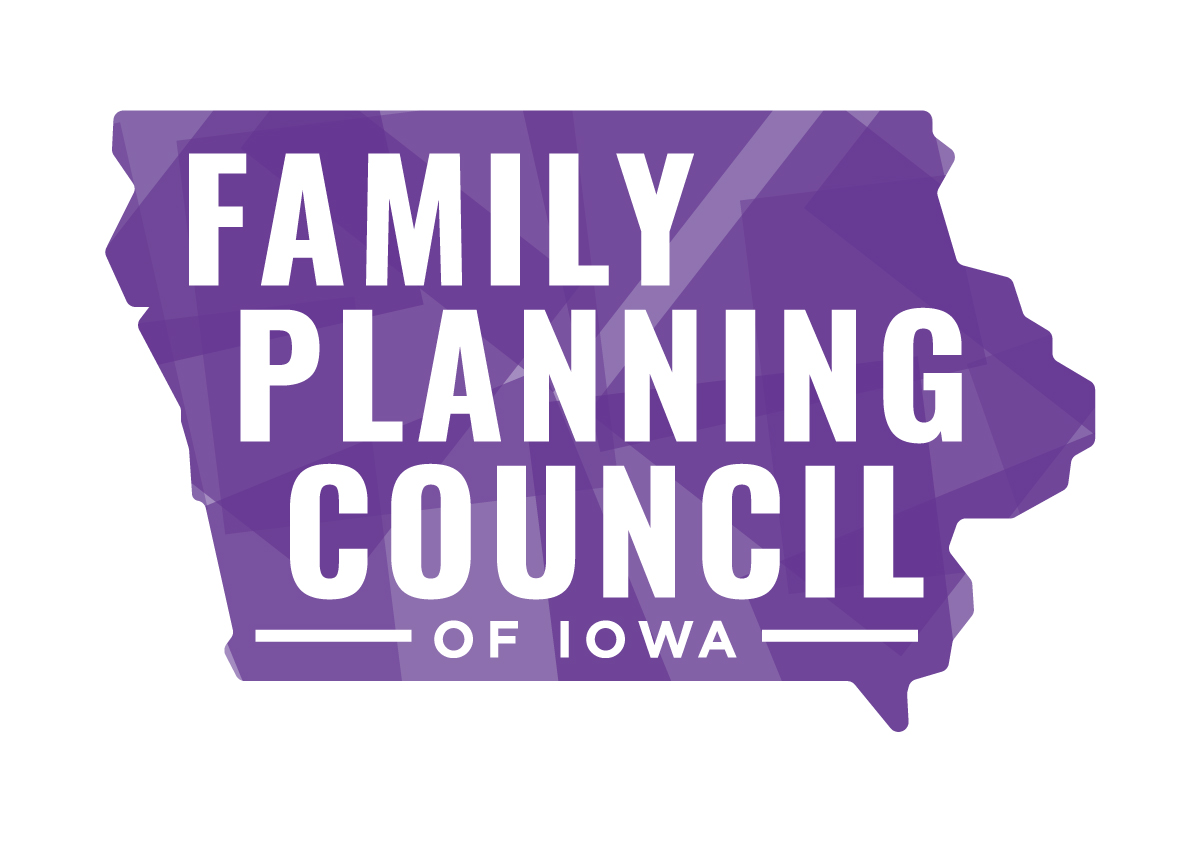




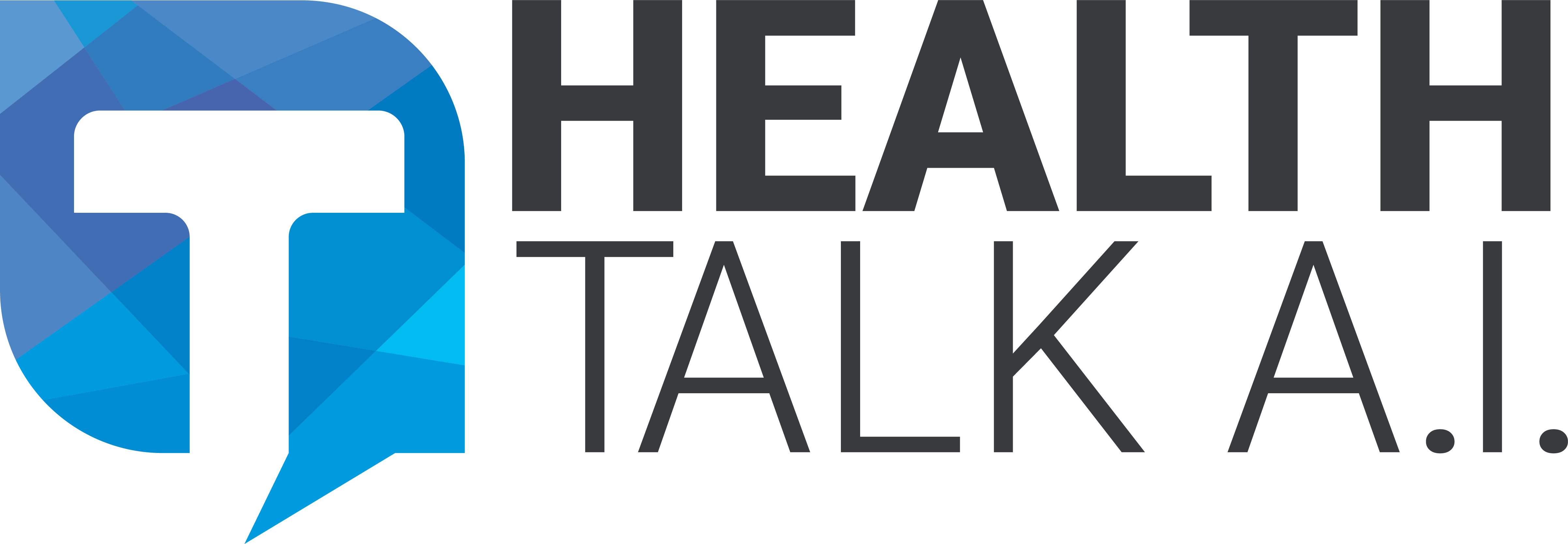
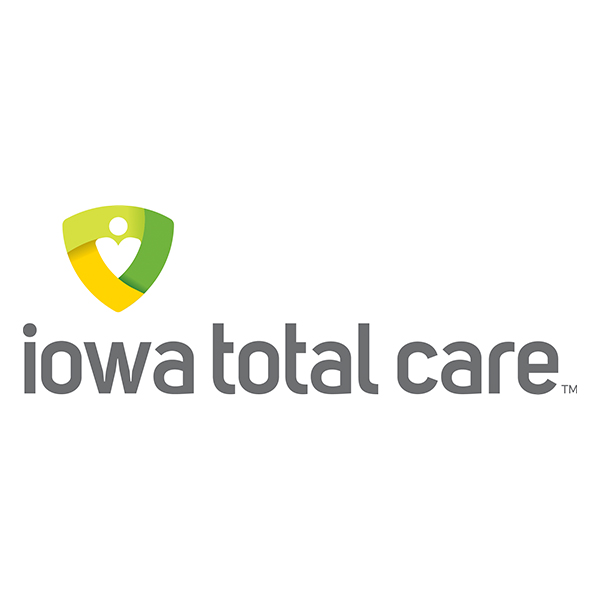




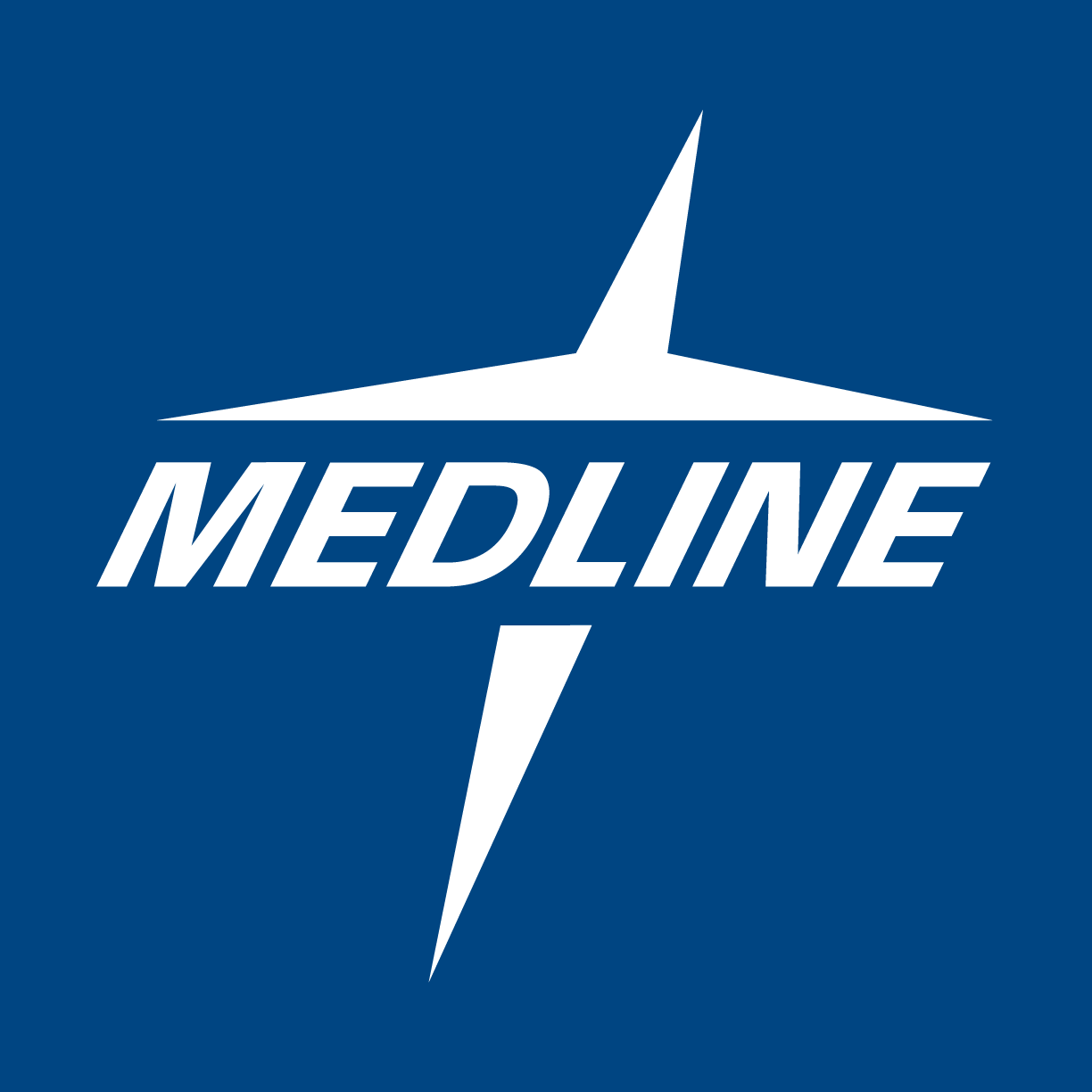


.png)







